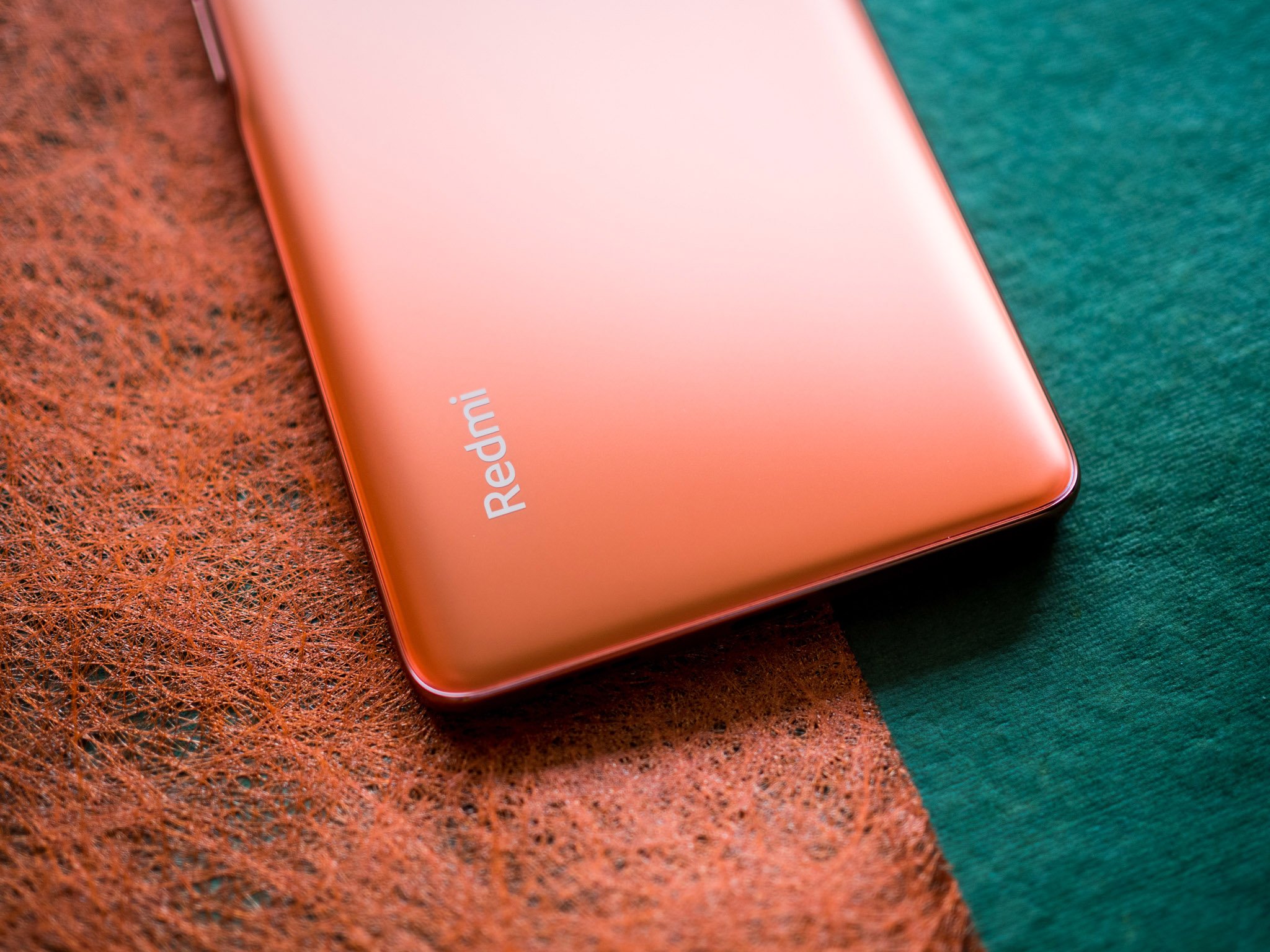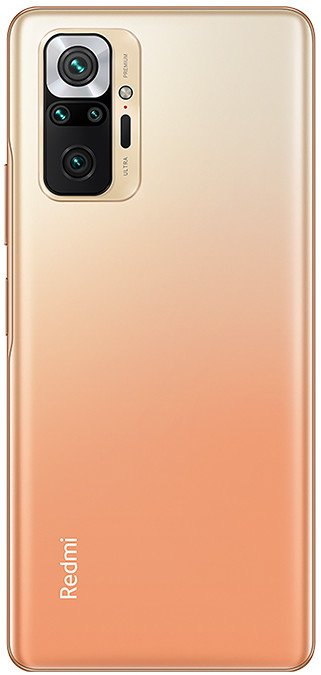The phone could debut sometime early next year.
What you need to know
- A new rumor claims Xiaomi's Redmi Note 11 series phones could support 120W charging speeds.
- Xiaomi's Redmi Note 10 series phones only support 33W fast charging.
- Currently, the only Xiaomi Android phones with 120W wired charging are the flagship Mix 4 and 11T Pro.
Xiaomi's Redmi Note 10 Pro Max successor could be its first budget phone to support 120W charging, according to a new Weibo post by tipster Digital Chat Station.
Xiaomi's best budget Android phones — including the Redmi Note 10 Pro and Pro Max, support 33W wired charging. The Chinese variant of the Redmi Note 10 Pro is the only budget phone from Xiaomi to offer 67W fast charging.
Currently, 120W charging is limited to a handful of flagship Android flagship phones. Xiaomi's Mi 10 Ultra, which was launched in August last year, was the first phone to come with ultra-fast 120W charging. Xiaomi's 2021 lineup includes just two Android phones with 120W charging: Mix 4 and 11T Pro.
Aside from significantly faster charging speeds, the Redmi Note 11 series will likely bring a few other major upgrades as well. Although no details have been leaked yet, we expect the Redmi Note 11 Pro Max to be powered by a more powerful Snapdragon 700-series chipset.
It is also likely that all variants of the phone will offer 5G support. The current Redmi Note 10 Pro Max is only available in a 4G variant in global markets.
The Redmi Note 11 series is likely to be introduced sometime in the first quarter of 2022. Xiaomi had launched the Redmi Note 10 series in March this year.
Xiaomi Redmi Note 10 Pro
$345 at Amazon £245 at Amazon UK ₹21,499 at Flipkart
The Redmi Note 10 Pro is one of the most impressive budget phones Xiaomi has released so far, offering fantastic battery life and class-leading specs. You get a 120Hz AMOLED display, Qualcomm's Snapdragon 732G chipset, and a 108MP main camera.
Source: androidcentral

